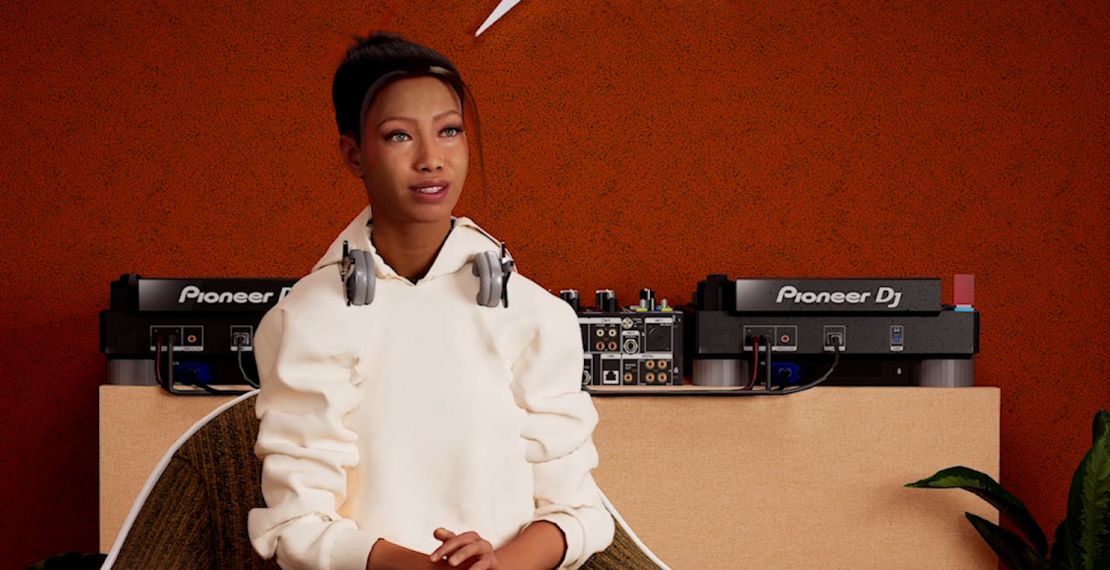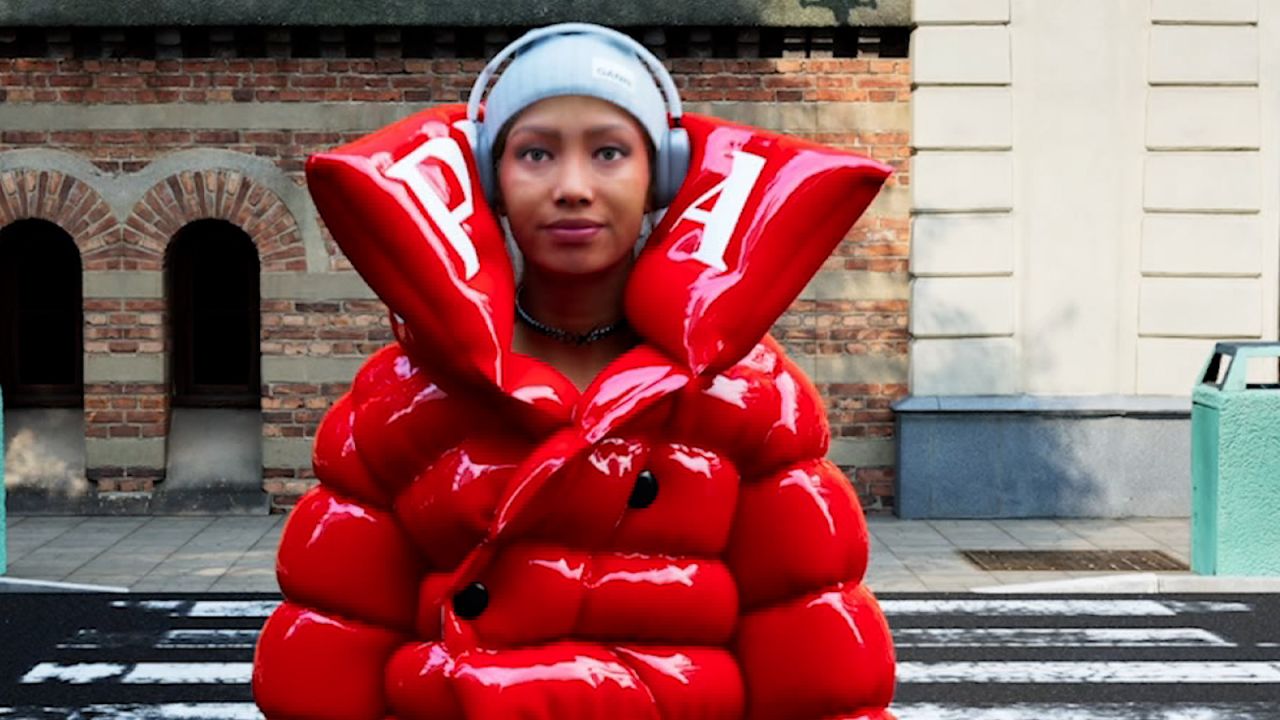Scrolling through the Instagram account of DJ and aspiring model Dex you’ll see her wearing new outfits, performing at shows around the world and chatting to her thousands of followers about her hobbies.
However, it’s clear that there is something different about Dex; she’s an entirely virtual “digital human,” designed by a startup in the UK.
For her performances, Dex is displayed on a video screen or as a holographic projection, with her mixes created by humans. She is animated using Unreal Engine — a 3D modeling software widely used in video games — combined with motion-capture. Generative artificial intelligence allows her to remember information and respond to questions, using a voice also generated by AI.
“She’s probably one of the only digital humans in the performance space that you can have a conversation and interact with,” says Denise Harris, CCO of startup Sum Vivas. “You can ask her anything. She is a genius about music.”
Last month, Dex performed at Digital Fashion Weeks in New York, Paris and Milan, and she has modeled outfits by Prada and Louis Vuitton at digital fashion events.
For Liverpool-based Sum Vivas she’s a “showpiece” for more practical applications. The company is now developing digital humans that can “listen” to people’s questions and converse in real time. “Shellie” can provide product information as an avatar on company websites, while “Arif” is set to direct passengers and answer questions as a multilingual concierge on screens at airports.
According to CEO and founder Rob Sims, digital humans can help bridge the gap between AI technology and people. “What we’ve found is when people start working with and conversing with a digital human, they very quickly suspend disbelief,” Sims tells CNN. “It becomes natural.”

AI explosion
Since OpenAI’s ChatGPT was launched in November 2022, considerable hype has surrounded the potential of generative AI — artificial intelligence powered by huge datasets of information, capable of generating text outputs in a conversational way.
Record levels of investment into generative AI have followed, with over $21 billion poured into the industry during the first nine months of last year, according to data insights company Pitchbook. In March 2023, Google launched Bard (recently renamed Gemini) and around the same time Anthropic released its AI assistant Claude. As generative AI chatbots become increasingly ubiquitous, Sum Vivas is one of several companies looking to make them more human.
US and New Zealand-based UneeQ has developed animated conversational “digital humans” that can be used as virtual sales reps and customer service agents on company websites, and this month it debuted Sama 2.0, an animated cabin crew member that answers questions on Qatar Airways’ website and app.
Microsoft recently announced that users of its Azure software would be able to create lifelike avatars capable of turning text prompts into animated speech. However, there are widespread concerns about the impact AI could have on the job market.
“When we rely on automated tools, what skills are we losing in the process?” asks Jennifer Ding, senior researcher at the Alan Turing Institute, the UK’s national institute for data science and artificial intelligence. “In some ways, we think of AI as something that’s helping us or augmenting our work,” she says. “However, alongside, this fear of replacement is bubbling up more and more.”
Harris, however, points to new opportunities within digital human design and development. “Every scenario that we found, we’re creating jobs and working in harmony with people rather than taking away jobs,” she says.
“Digital humans, first and foremost, should work with other human colleagues,” adds Sims. “We’ll move into a stage where digital humans will start to become just another member of the team, with added benefits for that team, and obviously the customers they serve.”









